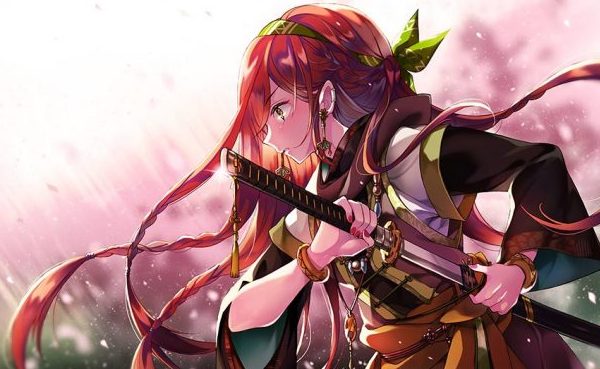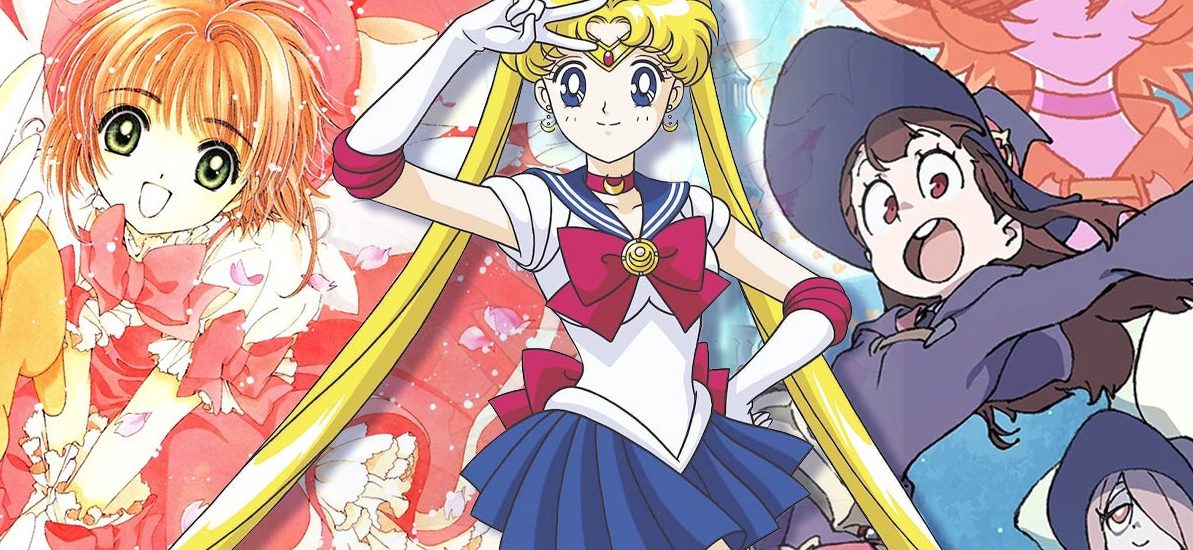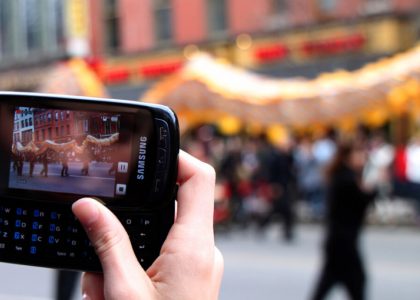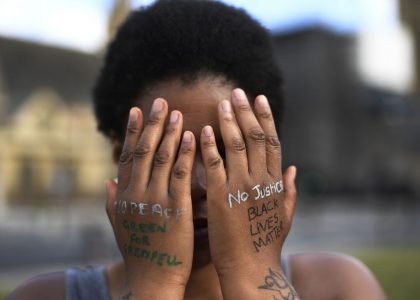The manga and hentai genres have a long history, and have evolved into different types of comics. These types of comics can be found in countries across the globe. Various terms are used to describe them, such as anime and hentai.
History
In Japanese, manga is a type of comic book. It is a narrative multi-panel cartoon that originated in the late nineteenth century as translations of American comic strips. The genre is considered a Japanese form of graphic novel culture. It has developed through the modern age and is now an important part of Japanese culture.
Hentai is a term used to describe sexual acts depicted in manga. The word is derived from the Japanese verb “hentai”. The earliest traces of hentai are believed to have been recorded in the 16th century. The shoguns in Japan suppressed the practice of erotic art from the Edo period (1603-1868) until the Meiji period.
During the mid-19th and early 20th centuries, manga art was influenced by pornographic photographs. The earliest examples of this genre include Tezuka’s Astro Boy and Fujiko F. Fujio’s Doraemon. Later, stories required the protagonist to master a mecha, or robot.
During the war years, manga artists developed their own style. This included depicting realistic characters. Many of these works, such as the sci-fi manga Doraemon, featured technology themes. However, in post-occupation Japan, censorship policies prohibited art glorifying militarism.
In the 1980s, a lolicon boom resulted in a number of erotic animes. Hideo’s Cybelle was the first commentary on unrealistic sexual acts between Tezuka-style characters. This movement changed the way pornographic manga was viewed.
Since then, there have been a number of manga series with adult themes. These works have been more realistic than the cartoon-cute characters of Tezuka’s earlier work.
Hentai is an important part of the doujin market. A significant portion of hentai works are self-published. They are also sold in video games. There are also a number of academic works on the subject.
Various definitions
Various definitions of manga and hentai have been made over the years. These include: shojo, shonen, yoi, ecchi, redikomi, yaoi, and anime. These genres all have different sexual content and are generally targeted at different audiences. In addition, they are subject to censorship.
In North America, shojo and shonen refer to manga aimed at young adults. Usually told from the point of view of a young, adolescent male character, the genres typically feature high-action plots and curvy, alluring female characters. It is characterized by humorous and action-packed plots and reduced focus on character interactions.
The ecchi subgenre of manga is characterized by slightly erotic content. It features characters that are almost nude, chest groping, and sexual innuendos.
The yaoi manga subgenre is characterized by non-commercial material. It is often written for a female audience, but there are some titles that are marketed to males.

One True Pairing is an acronym used by fandoms to refer to the preferred romantic pairing of characters that are not canon. These manga tend to have more sexual content than shojo and shonen.
Fans of shojo and shonen will likely recognize the hentai theme in their favorite anime. This theme is popular among fans of the Japanese anime art culture, and it has given rise to worldwide popularity. In addition to the hentai theme, the manga genre often takes the form of a romantic comedy.
While the hentai genre is commonly associated with lewdness and perversion, the term is actually a synonym for abnormal. In the early days, hentai was used to describe unusual sexual fetishes. However, with the rise of sexualization in Japan, the term was gradually re-defined.
Some manga are produced with a more serious attitude. For example, Boys Love, a manga series about sexual relationships between men, is published by VIZ Media. It is an adult genre manga and is available in English translations.
Anime
Anime and manga are forms of animation, which are made in Japan. They usually feature fantasy elements. They can be digital or hand drawn. They tend to be popular with teenage and pre-teen audiences. They often include humor and dark subject matter.
In Japan, anime is very popular. They are often drawn in bright colors. They often deal with curses, hallucinations, supernatural themes, and psychological dramas. They also feature action, combat skills, and different worlds.
There are several types of anime, including shoujo and seinen. These are anime that target young women and teenagers, respectively. They usually take place in fictional worlds with a young boy protagonist.
Some of the most popular anime and manga are shoujo. These include Bleach, Demon Slayer, One Piece, and Dragon Ball Series. They are popular for all ages. They are also known for their positive and hopeful coming of age stories. The most preferred category by many people in Japan is エロ漫画, the art that is revealed there is on another level compared to other sources of this type of anime.
They are usually combined with a sci-fi or historical sub-genre. They also involve a mix of humor and action. Some shoujo and seinen are made for mature adults.

The Japanese term hentai refers to sexual perversion. It is a type of animated pornography. It was introduced to English speakers in the 1990s. The term has been defined as “excessive nudity” and “graphic sexual intercourse.” It is often accompanied by explicit images and descriptions.
It’s important to remember that a successful anime can be turned into a manga. It isn’t uncommon for successful anime to be released as a video game, a feature film, or even turn into a television show.
When it comes to hentai, the best way to determine whether it is manga or anime is to read it. However, you’ll want to watch it with a bit more thought to ensure that you won’t be disappointed.
Manga-influenced comics exist in other parts of the world
The term manga-influenced comics may sound like a tongue-in-cheek quip, but these comics have actually been produced in other countries. These comics are made by fans, artists, and publishers around the world.
There are two main types of manga-influenced comics. One is a manga that focuses on the content and the other is a graphic novel. In both cases, the content is obviously influenced by manga culture.
One manga-influenced graphic novel is called Skim and is about a teenage girl who has romantic feelings towards a teacher. It takes place in 1993. The other is Spider-Man loves Mary Jane by Canadian-Japanese artist Miyazawa Takeshi. It’s about a girl who is after Magical Girls on US networks, and it clearly owes its influence to the shojo sub-genre of comics.
Another manga-influenced graphic novel is Avatar: the Last Airbender. This series is based on Japanese values, and it uses martial arts and other forms of combat to tell its story. It’s on Nickelodeon.
There are also Franco-Quebecois artists who are influenced by manga, but they are not well known. Their work is often ignored by the most popular French comics writers.
Quebec’s comics and manga fans are active in otakuthons and otaku conventions. However, many Quebecois academics ignore the manga phenomenon. They are closer to their creators than their fans.
The manga industry started in the 1930s with magazines that were accessible to the masses. After the war, the industry took a turn for the worse. But after the 1960s, it re-established itself. It’s become a multi-million dollar industry.
A few of the most famous French-Quebecois comics artists moved to France. A few, such as Zviane and Caroline Breault, are recognizable by their manga-influenced creations.
Terms used in hentai
Hentai manga is a type of comic book which portrays abnormal sexual desire or fetish. It has sexually explicit content, and a gruesome character development process. The protagonist is usually a person who seems nice at first, but eventually shows coldness and acts violently with the love interest.
The hentai genre is one of the most popular manga genres. The story typically involves a young male who is either very attractive or has erotic characteristics.
Some examples of hentai manga are: Yuri, Boys’ Love, Shojo-ai, and Shonen-ai. These mangas feature romantic relationships between two men.
The term “Hentai” has been around since the Meiji Period (1868-1912). It was originally used to refer to the letter “h” in the word husband. Nowadays, 2022, with Hentai most people associate the pages of Hentai-kamen.com, they offer galleries with manga, hentai but also many channels through which users find all kinds of interesting arts.
The slang ecchi was also used to describe the “h” in “hentai” during the same period. Today, ecchi is a Japanese slang term that describes sexy or slightly erotic material.
The hentai manga genre can be confusing to those who do not have a background in erotic literature. There are many terms that can be difficult to understand, and outside of a hentai context they can be confusing. Here are some of the most common terms to look for when reading hentai.
Ahegao is a common Japanese word. The ahegao face describes facial features that are often found in erotic anime. The ahegao face is characterized by its exaggerated facial expressions and its uncultured appearance.
Another hentai term is “futanari hentai”. The futanari characters have a feminine physique, but they possess male genitalia.
Generally, these mangas are created by gay men. They are also called bara manga. The term refers to the masculine culture of gay men in Japan.





